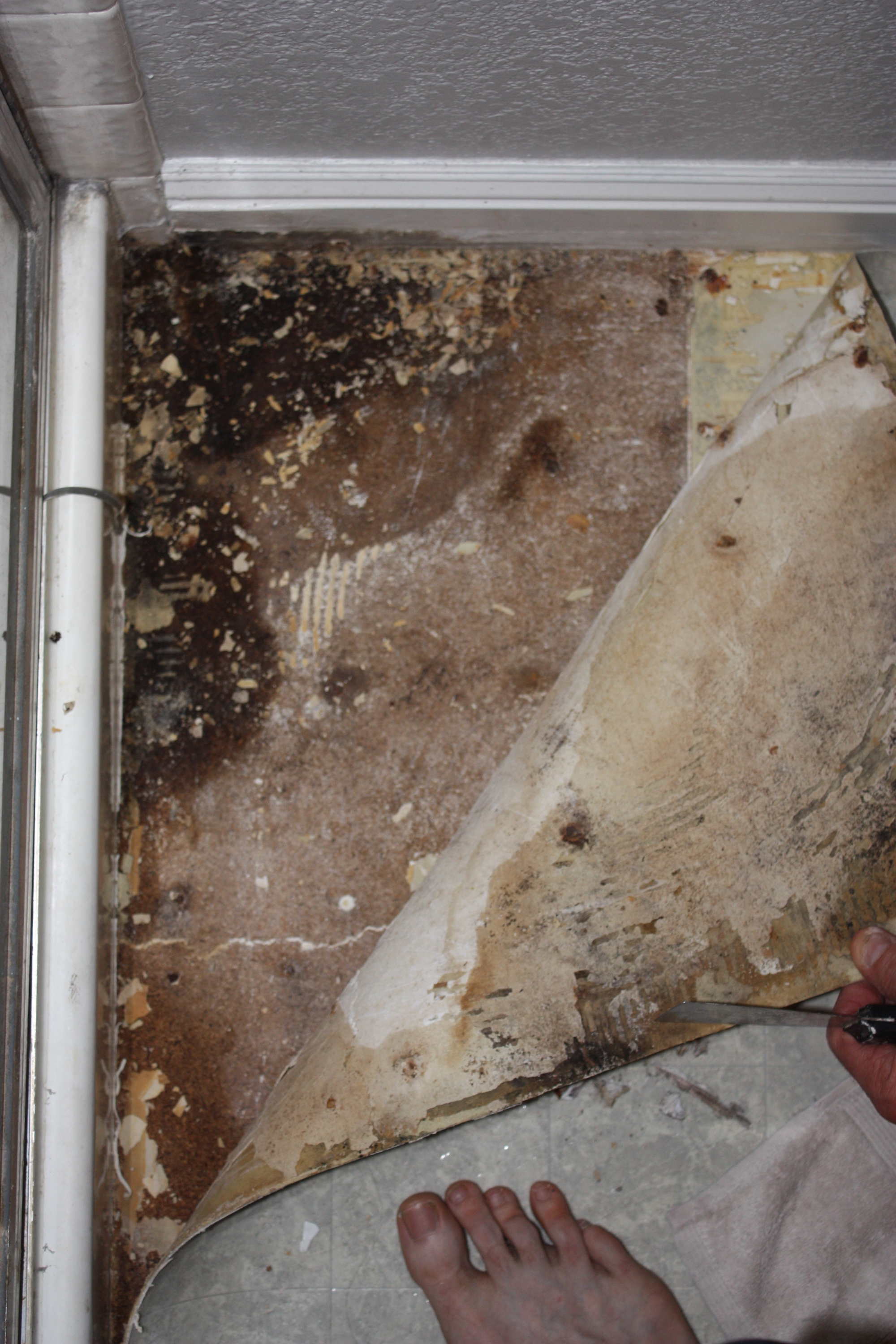Protecting Against Water Damage in the Bathroom
Protecting Against Water Damage in the Bathroom
Blog Article
Just how do you feel when it comes to How to Fix a Water Damage Bathroom?

The washroom is extremely vulnerable for damp buildup and also potential water damage because of the constant use of water in it. This short article uses straightforward inspection techniques to assist identifying water damages hazards.
The regular use water in the bathroom makes it extremely susceptible for moist build-up and also possible water damage. By examining it frequently, you can minimize water relevant problems.
The adhering to set of evaluations is simple to do as well as must be done as soon as in every 3 months in order to maintain your bathroom in good shape and to prevent prospective water damages triggered by the tub, the shower, pipeline joints as well as plumbing, sinks, closets, and also the commode
Do not forget doing these inspections and be comprehensive while doing them. Bear in mind that these easy evaluations can save you a lot of money by offering early indications for water damage
Bathtub and Shower
The shower and also bath tub call for unique focus as well as upkeep. Inspect the ceramic tiles and change if split. Make certain that there is no missing grout in between the floor tiles. Check as well as replace broken caulking at joints where the walls fulfill the flooring or the bath tub. Clogged drains pipes and pipelines issues will certainly stop the bathtub from drying out and might indicate significant issues under the tub. Consult with a specialist right away to prevent architectural damage. Pay attention to stainings or soft areas around the bath tub walls as they may suggest an internal leakage.
Plumbing
Signs for water damage are tough to discover since a lot of pipes are set up inside the walls.
Pay unique attention to floor covering and wall surfaces moisture as well as stains as they might indicate an unseen plumbing issue. Check dampness levels in adjoining spaces as well.
Sinks and also Cabinets
Sinks as well as cabinets are subjected to moisture and also humidity day-to-day as well as are frequently forgotten. Examine regularly under the sink and also on the countertop over it. Repair any kind of drip in the trap as it might suggest drainpipe problems. Check out the sink, sluggish draining pipes may indicate an obstructed drain. Change sink seals if they are fractured or loosened.
The Commode
The commode is a prone water junction. Inspect the water lines and look for leakages around the bathroom seat, in the tube, and under the water storage tank. If you spot any type of signs of wetness on the flooring around the toilet, look for leakages in the toilet rim and also tank seals.
Understand that hanging commode bowl antiperspirants raises the possibilities for obstructions.
Water Damage Signs In The Bathroom To Avoid Cleanup
Musty smell
This is one of the easiest signs to catch because musty smells are so odorous. The damp, earthy, moldy smell should be a big red flag. The smell will develop when moisture gets trapped in surfaces, and begins to facilitate mold growth. Leaking pipes under cabinets, inside walls, and behind shower fixtures will cause moisture to stay trapped and not dry, which will lead to mold growth and spread. As soon as you notice any musty smells in your bathroom, have it checked for hidden water damage and cleanup signs.
Visible mold
If the smell isn’t there to give it away, sometimes you will actually see mold growth. Finding mold in your bathroom is a serious problem, because mold is very harmful to your health. By the time mold growth is visible, it also means that water damage has already occurred and been present for some time. The only way the mold problem can be resolved is to find the source of the moisture and get it stopped. To safely and adequately remove mold, you need to have professionals handle the remediation. Do not waste any time in getting mold problems addressed, fixed, and sanitized so that you can protect you and your family from the many respiratory symptoms caused by mold exposure.
Damaged floors
Bathroom floors should be able to withstand some exposure to water while still remaining in good condition. However, when excess exposure or water leaks occur, they will begin to damage even the most water-resistant flooring. If you notice any cracking, bubbling, staining, or warping on your bathroom floors, there is probably a water leak somewhere causing the distortion. If you notice areas of the floor have become softer, or even have a spongy feeling, there is probably damage to the subfloor. Subflooring is typically made up of plywood. When plywood is exposed to water or moisture, it will absorb it. Once it has become saturated, the weight of the excess water will cause the wood to swell and soften. Check the floors in your bathroom frequently to catch any of these sings before they lead to damaged subflooring.
Changes on walls
When water leaks behind walls, it will cause changes in the drywall. Peeling plaster, blistering paint, and soggy wallpaper are all good indicators that excess water is building up behind the wall. Water leaking behind drywall will cause it to swell and be soft to the tough. If you start to notice gaps along the trim of your walls, or where tile meets the wall, it could also be a strong indicator that there is a leak behind the wall. Any changes, distortion, or damage on the walls should be evaluated as soon as you notice it to prevent further water damage and cleanup.

As a serious reader on Preventing Water Damage in the Bathroom, I thought sharing that piece of content was beneficial. Sharing is caring. Helping others is fun. Thank you so much for your time spent reading it.
Book Maintenance Report this page